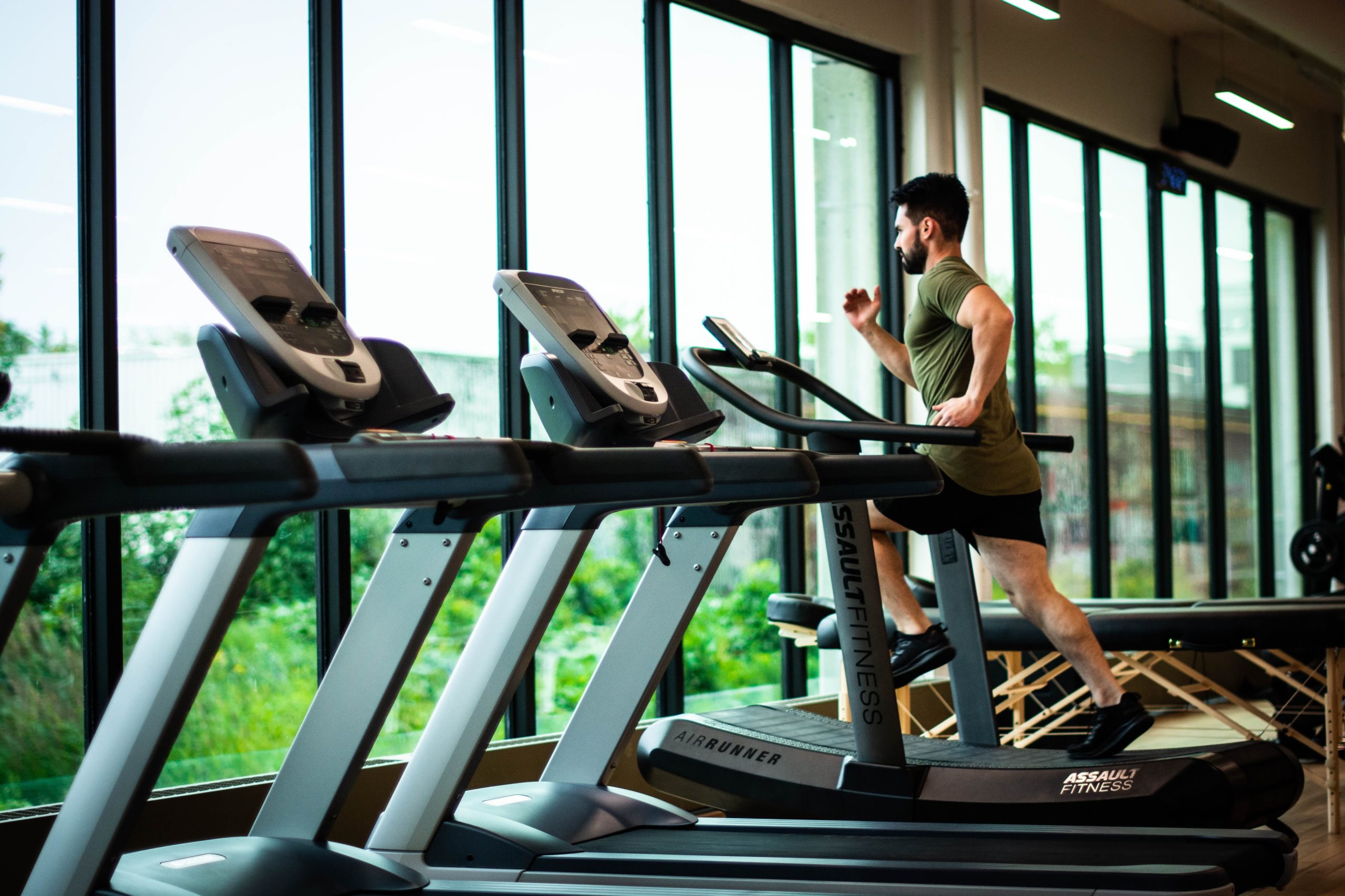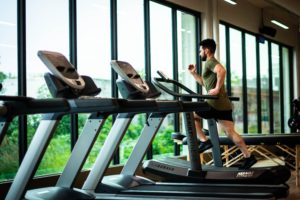
 The gym is closed and now that you can’t hit the treadmill, you’re planning on hitting the road. Running outside certainly has some great advantages – fresh air, time to yourself and a change in terrain. For those of you who do the majority of your runs on a treadmill, however, starting to run outside may feel a little daunting to start with. Here are some tips and things to stay mindful of when preparing for more outdoor running.
The gym is closed and now that you can’t hit the treadmill, you’re planning on hitting the road. Running outside certainly has some great advantages – fresh air, time to yourself and a change in terrain. For those of you who do the majority of your runs on a treadmill, however, starting to run outside may feel a little daunting to start with. Here are some tips and things to stay mindful of when preparing for more outdoor running.
Tracking Your Run
One of the big advantages of treadmill running is that you can completely control your environment and all the specifics of your run, including the duration, speed, the incline, your rest periods. Of course, there are a multitude of great running apps available (like Map My Run among others) that can help you track your outdoor runs, but the change in terrain and additional environmental factors can pose new challenges that may influence your consistency. You may need a few runs to get used to things like wind resistance, and a few experiments to work out how to make wind resistance your friend – running with the wind at your back feels fantastic at the end of a long run!
The Influence Of The Moving Treadmill Belt vs. Uneven Surfaces
When you run on a treadmill, as soon as your foot makes contact with the belt, it is pulled backwards. Paired with the consistency and smoothness of the belt moving beneath your feet, the treadmill can help you naturally find a comfortable rhythm.
While the surface of a treadmill is flat and uniform, outdoor paths have at least minor variations in the slope and texture, even when they seem relatively flat. This is why having a good pair of running shoes is important – the introduction of uneven ground and different surfaces when running outdoors means that your runners need to provide enough support and stability to help you maintain your momentum and optimise your energy expenditure and muscle use. To us at My FootDr, running shoes aren’t just a way to protect your feet, but a device that can optimise the way you move – or potentially put you at risk of greater injury.
If you’re worried about your balance or ankle stability for outdoor running, here are two simple exercises to try:
- Single leg swing – standing on your right foot, swing your left leg forwards in front of you, and then back behind you. Keep doing this, and increase the pace to your regular walking or running pace – or whatever feels comfortable. You can move your arms from side to side like you do when you’re running to make it feel more natural. Your right ankle will be working hard to keep you stable and building that control! If you find this easy, start swinging your leg from side to side across your body, and rotational movements too. Repeat on the other foot. Aim for 20 swings back and forth on each foot, and repeat three times.
- Single leg drive to the toes – standing on your left leg, bend your right knee up in front of you. Rise up onto the toes of your left leg, hold for 5 seconds, and straighten your right leg back down behind your left leg. Repeat, lifting the right knee up at the same time that you rise up onto your toes. Repeat 15 times, and switch legs.
Greater Energy Expenditure
As you run through terrain of varying incline and slopes, you’re likely to use more energy for the same timeframe than you would on a treadmill. This means that when you first start, it will be normal to feel more tired or be unable to run as far.
If outdoor running is making you feel exceptionally tired, try running with another member in your household (or friend when we stop social distancing!). Studies have shown that running in a group can reduce perceived exhaustion, even though you don’t run any longer or faster [1].
More Muscle Work On Hills
While treadmills let you adjust incline upwards, they don’t let you run downhill. Hills on the road don’t have a steady and even incline like what you may be used to, and you’ll likely get a lot more of them. This means that you’ll be engaging a range of different muscles for longer periods, which may leave you with more muscle soreness after your run if you’re not used to using these muscle groups regularly.
Don’t worry – as you continue to use these muscles, you’ll quickly build up the control, strength and endurance required and will feel better for it! Don’t forget to warm up and cool down to help your muscles. Specifically, active cool-downs and stretches where you stay moving, keep the blood pumping, and let your heart rate ease down slowly can help to clear lactic acid build-up and make you feel better the next day and at your next run.
Don’t forget!
Don’t forget to:
- Watch out for cars and other hazards – it’s so easy to fall into the rhythm of your run with some good music playing in your headphones and totally forget about the rest of the world. Stay aware when crossing roads and going past driveways with low visibility. Explore the dedicated tracks in your area – and don’t forget the two-metre social distancing rules with the people you run past, too.
- Stay mindful of the conditions. If you’re running between 10am and 4pm, you’ll need to apply sunblock and wear a hat! If it looks like rain, put on a jacket and be careful with your grip. If you hear thunder, stay indoors for 30mins after the last sign. If you are already underway when the storm starts, go to a safe place as soon as possible, this includes inside a vehicle or sheltered building.
Running injuries and pains are among the most common problems we see here at My FootDr. If you’re struggling with these, we’d love to help. You can book your appointment online here or call us on 1800 FOOTDR
[1] – https://www.asep.org/asep/asep/JEPonlineDECEMBER2016_Carnes.pdf

